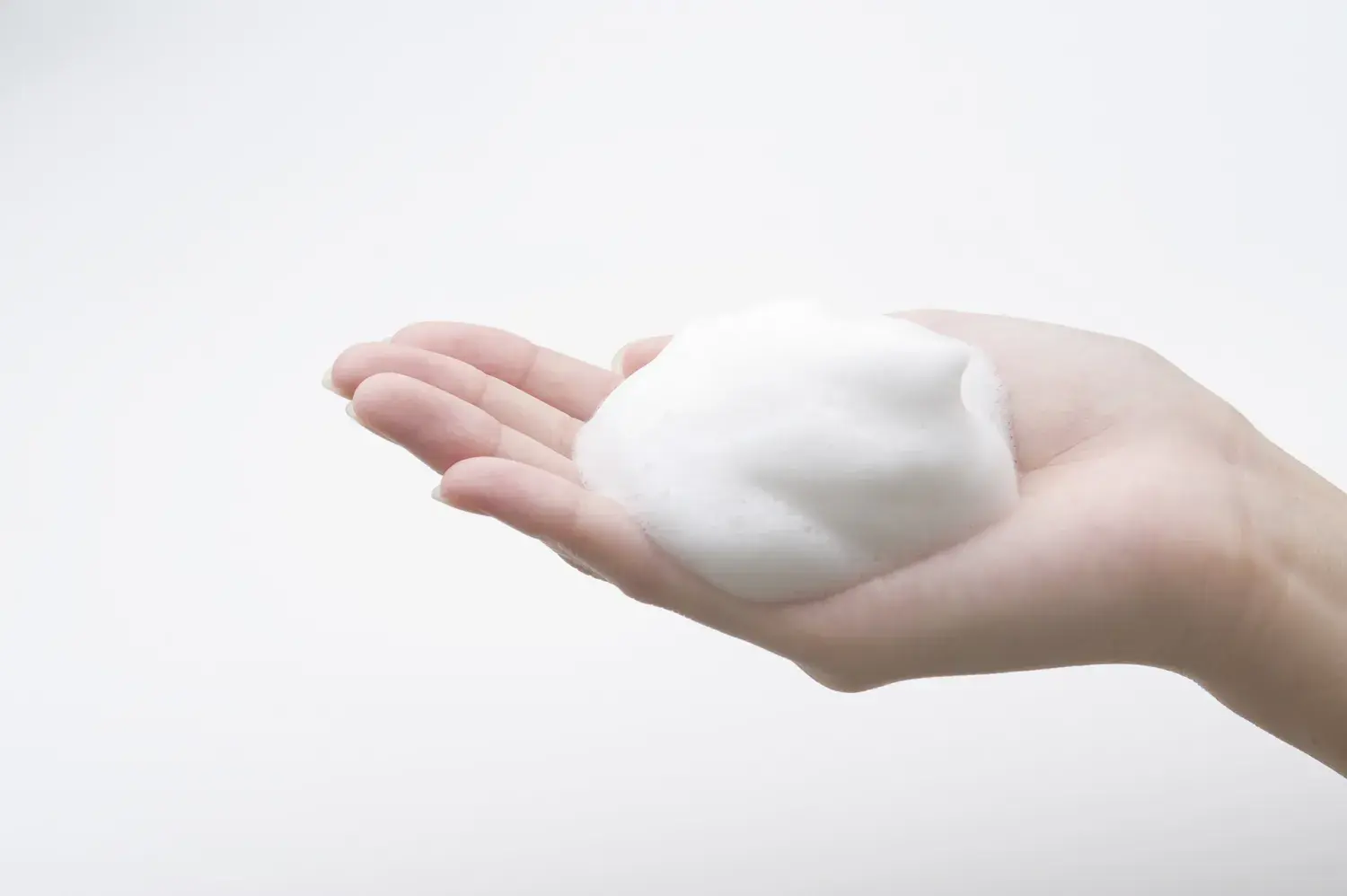Washroom operators have the choice between different types of soap. What are the important things to consider? And what influence does soap have on the hygiene in the washroom?
The CWS-boco guide to soap
Which soap is the right one? Cream soap? Foam soap? Or a good old bar of soap? This is a question that operators of public washrooms need to consider as early as the planning or renovation stage, as there are different dispensers available for the different types of soap. But design isn’t the only important factor when it comes to choosing a soap: the users’ desire for hygienic hands and a hygienic washroom should also be taken into account, as should ecological and environmental aspects.
The classic choice: the bar of soap
Soap has a long history stretching right back to the Sumerians in modern-day Iran. They developed the first recipe for something like soap around 4,500 years ago. Modern bars of soap are usually made with vegetable fats such as coconut oil. Soaps made from animal fats are predominantly produced from tallow, bone fat and lard and are usually heavily perfumed.
Due to its cleansing effect, the classic bar of soap was a bestseller for a long time: available in a vast array of shapes and colours, with the scents of fruits, flowers or spices, it was a cleaning product, care product and luxury item all in one. Bars of soap were also the standard in public washrooms in the past.
However, they had advantages and disadvantages: the used bits in the soap dishes soon looked grubby and unappealing. Many users were also uncomfortable with using wet soap that had just been touched by strangers. The frequency with which they are touched also tends to make bars of soap less hygienic than cream and foam soap.
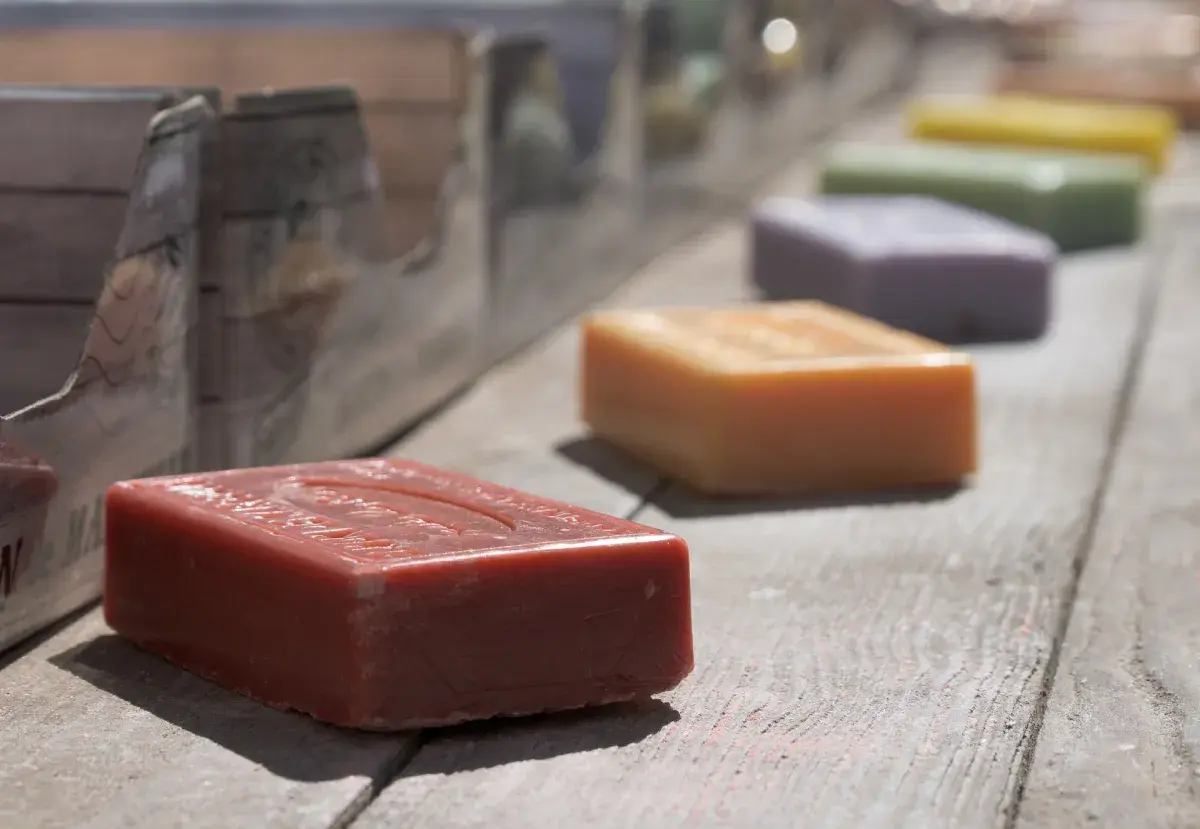
Cream soap from the dispenser: the skin-friendly alternative
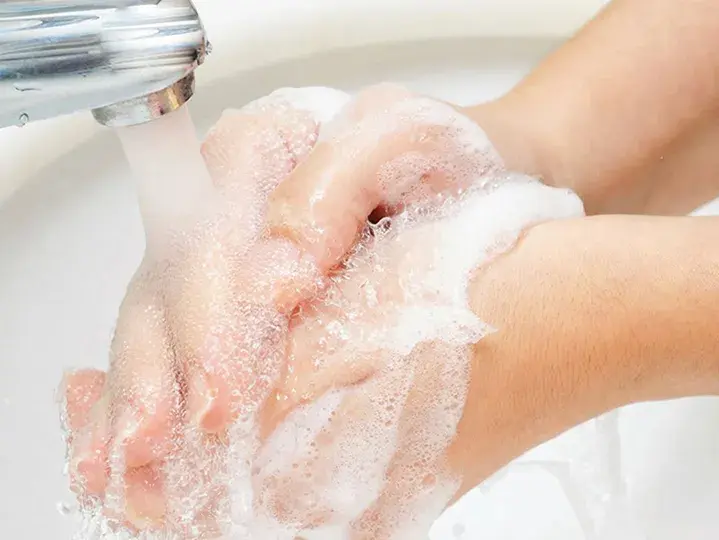
Many users find cream soap from the dispenser more hygienic, especially if the portion of soap can be ejected without touching the dispenser. Their production is significantly different from that of traditional bars of soap. Made from syndets (surfactants), cream soaps can be tailored to the skin’s pH value.1 This has health benefits for the user: using a bar of soap with a considerably higher pH value can trigger irritations – especially in people who need to wash their hands frequently for their work or at home or who have particularly sensitive skin.
Foam soap saves water
The latest current trend is foam soap. It is not only skin-friendly, but also environmentally friendly as it does not require any water to foam. In addition, it is also easier to wash off your hands. It’s not only water that is saved either – soap consumption is also reduced, by as much as 50 per cent!2 This seal is awarded to environmentally friendly washrooms. Another advantage: foam soap requires far less water to foam up. As such, foam soap helps save water. For these reasons, foam soap is one of the requirements for the ecoilet label from CWS-boco.
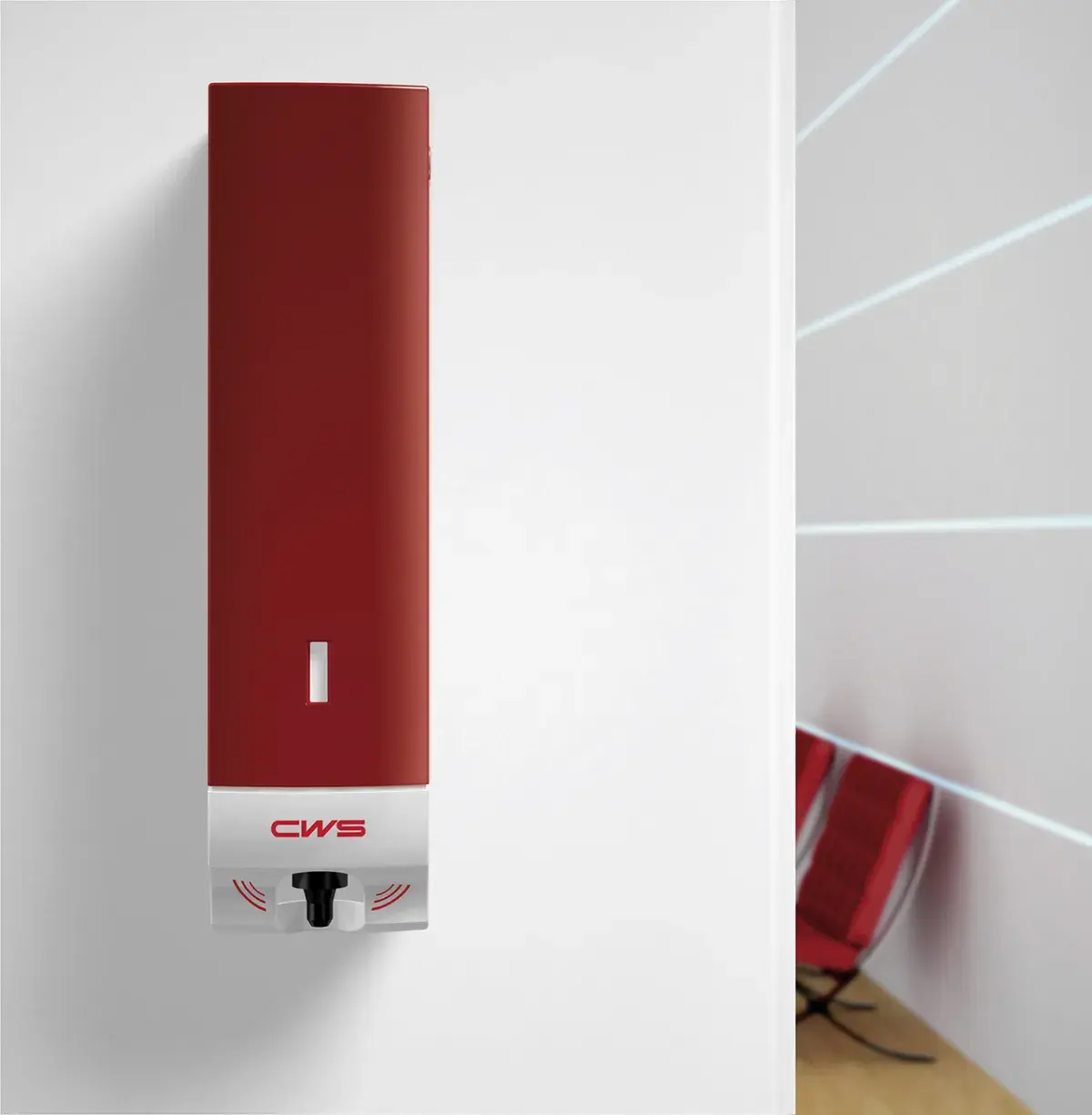
pH value and perfume – what should I pay attention to when choosing soap?
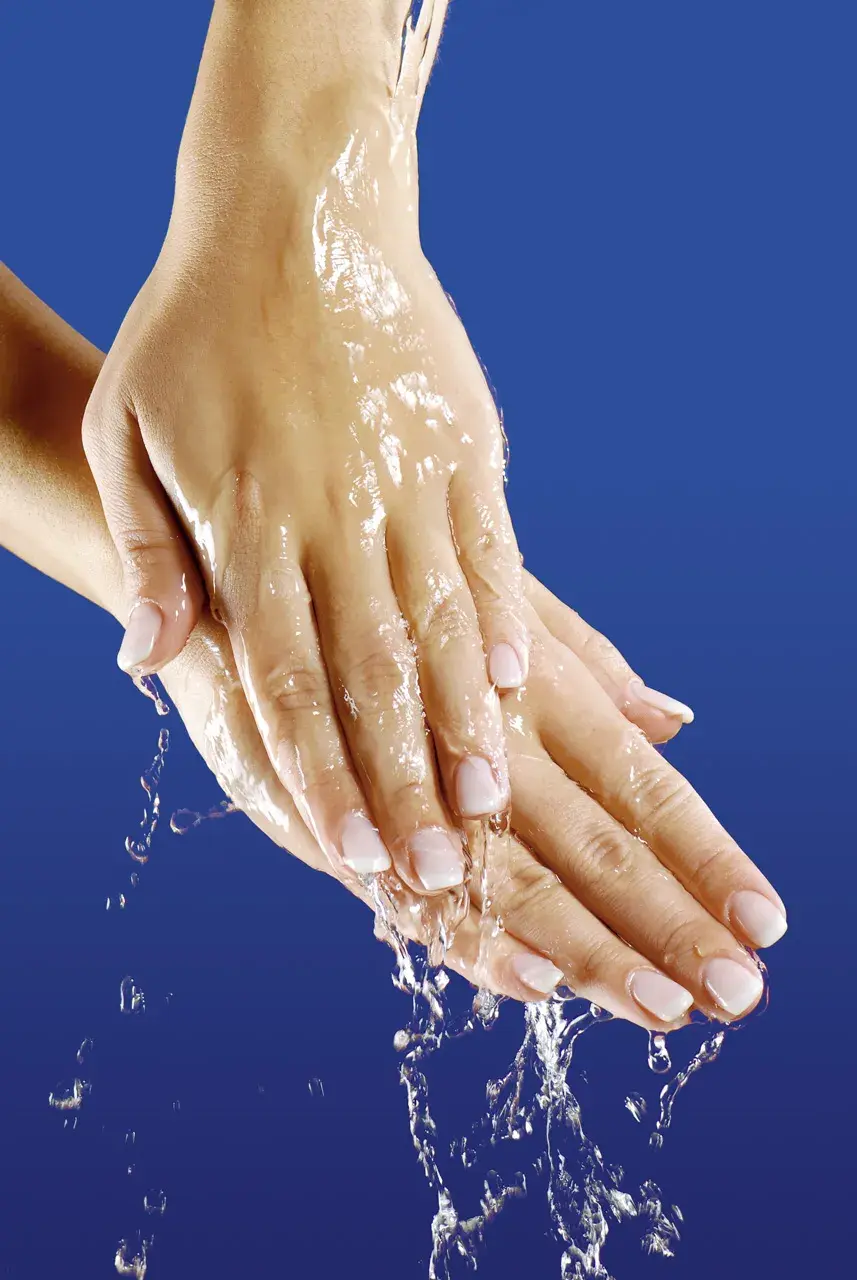
s washing with soap removes the skin’s natural oils, many operators choose to provide oil-replenishing soaps. The creamy substances in the syndets leave the skin feeling soft, pleasant and supple.
The pH value is another factor. In order not to dry out the skin, the soaps from CWS are all pH-neutral and thus particularly compatible with the skin. This has also been dermatologically tested. For sensitive users, we also offer neutral soaps which are completely free of perfumes.
Whilst bars of soap made of animal fats usually have strong fragrances, liquid and cream soaps are generally delicately scented. The CWS soaps contain a mild perfume, allowing the soap to smell nice and remain skin-friendly at the same time.
Wash or disinfect?
Contrary to popular belief, soap doesn’t actually kill bacteria, it just helps remove them. For this reason, it is also important to soap up the backs of your hands and the spaces between your fingers thoroughly. The water then rinses the soap and germs off your skin. Anything left over is then wiped off with a towel. Taking around 30 seconds for this process also helps prevent infectious diseases such as colds and stomach bugs.
Thorough handwashing with soap is usually enough
Skipping on the soap to save time and just washing your hands with water leaves them covered in germs, because without soap the dirt particles are not completely removed from the skin. Oily substances in particular remain there and form an ideal breeding grounds for bacteria.
In flu season, many people use hand sanitisers to be on the safe side. This is not generally necessary if they wash their hands thoroughly, but it’s a different story if there are sick people, elderly people and children around. Then hand sanitisers can be very practical. Not only that, there are also strict regulations in the healthcare and gastronomy sectors concerning the use of hand sanitisers.
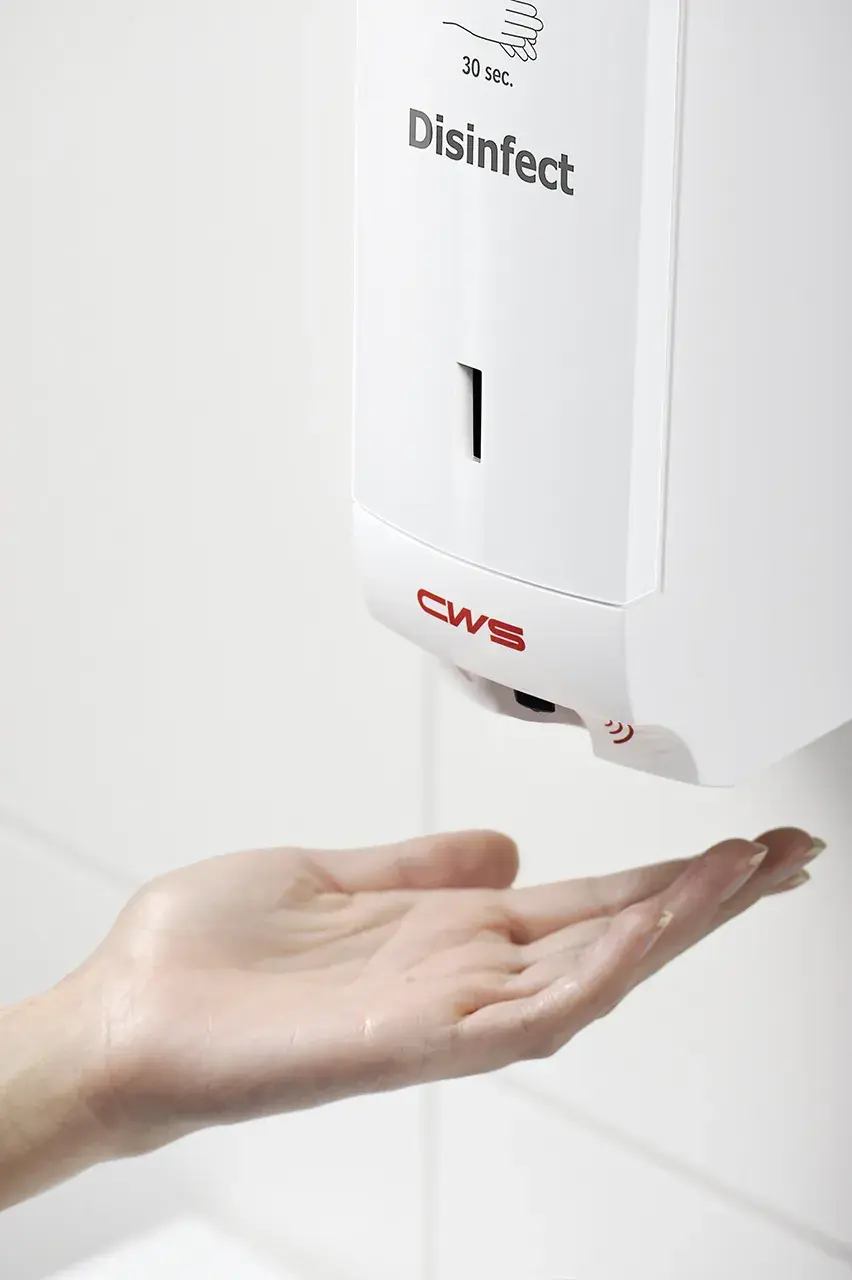
Sources
[1] NDR Ratgeber, http://www.ndr.de/ratgeber/gesundheit/Welche-Seife,seife176.html
[2] „Klinikum testet: Schaumseife gegen Cremeseife“, 1998, Sonderdruck aus medical special, Ausgabe 09/98, lth-Verlag.
